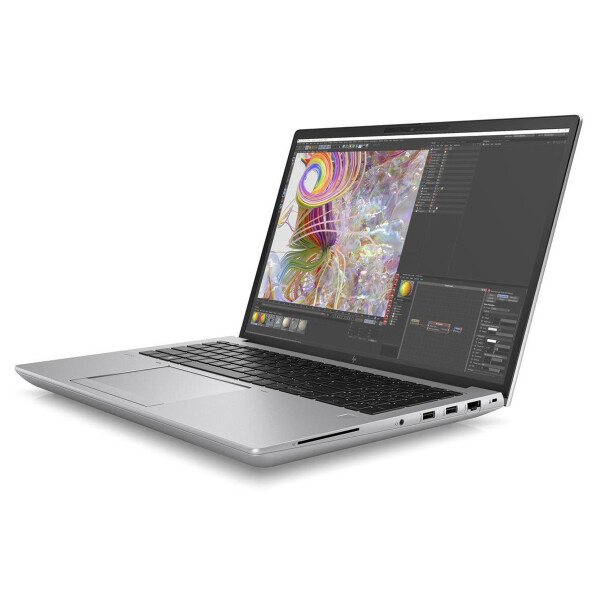How to configure your workstation for PTC Creo 10
 With Creo 2D and 3D design software, you can let your creativity run wild. Create your product design with simple tools, perform simulations and analyses as part of your concept development and perform technical calculations to refine your virtual prototypes.
With Creo 2D and 3D design software, you can let your creativity run wild. Create your product design with simple tools, perform simulations and analyses as part of your concept development and perform technical calculations to refine your virtual prototypes.
The right CPU for PTC Creo 10
The CAD application PTC CREO uses a single processor core. For product design and modeling, we recommend using a high frequency Intel Xeon processor with 8 or optionally 10 cores up to 4.50 GHz. Alternatively you can use an Intel i7 with high MHz frequency. The higher the clock speed of your CPU the better the performance of CREO Parametrics and Simulation. Business Workstation with Intel Xeon processors offer support for ECC (Error Checking and Correction) multi-channel RAM with at least 8 memory banks and more physical processor cores than any Core processor. AMD Ryzen Threadripper series processors are a very good alternative. Unfortunately, AMD processors are installed in few business workstations. One model is the Lenovo ThinkStation P620.
Benefit Memory for Creo 10
As an introduction, we recommend a workstation with the minimum of 16 GB RAM. To be able to process larger assemblies with more than 1,000 components smoothly, 32 GB of RAM are required. Bit memory errors that can occur during their parametric and simulation calculations are avoided by using ECC memory modules. The error correction code is able to detect and automatically correct individual, undetected bit memory errors. You can easily monitor the utilization of your memory during a Creo project via the task manager in the *Performance* tab. We fuel our business workstation in quad-channel mode for optimal performance. Make sure you have a high number of memory banks to easily expand the RAM if needed.
The right graphic card for Creo 10
The CAD program PTC CREO makes high demands on your graphics card. The size of the required graphics memory is decisively influenced by the model display options. The use of certified graphics cards in PTC Creo offers enormous performance advantages when working with large assemblies and complex 3D modeling. To achieve optimal edge display quality and good color tone quality, we recommend using an NVIDIA Quadro A2000 with 6 GB GDDR 6 VRAM and Open GL 4.5, an NVIDIA Quadro P4000 with 1792 parallel Cuda cores or an NVIDIA RTX A4000 with 16 GB GDDR6 VRAM. AMD's Radeon Pro W6800 with 8 GB VRAM comes into question as a base model. An NVIDIA Quadro A2000 with 12 GB GDDR6 graphics memory is a good choice as a performance variant. For more complex models, NVIDIA offers the Quadro RTX A4500 with 20 GB VRAM and Quadro RTA A5000 with 24 GB GDDR6 VRAM. AMD graphics cards from the Radeon Pro series are a good alternative for PTC CREO and offer real performance advantages. Graphics cards from the AMD Radeon Pro series relieve the CPU of complex transparency calculations or offer accelerated pixel-precise depth sorting in OIT (Order Independent Transparency). Your assemblies and components are displayed razor-sharp and rendering times are significantly reduced. An alternative for the high-end sector is the AMD Radeon Pro W6800 with 32 GB GDDR6 VRAM. Graphics cards with GDDR6 graphics memory are twice as fast as their predecessors with GDDR5 VRAM.
Advantage SSD hard disks for PTC Creo 10
For optimal performance, we recommend that you install the operating system and all programs on a new solid state drive. In the past years we have had the best experiences with Samsung SSD of the EVO or PRO series. For even faster data access, M.2 SSD, which are addressed directly via a PCIe interface on the motherboard. Your project data can be optimally stored on high-speed M.2 NVMe SSD hard disks with high capacity.
Recommendations for PTC Creo

- 3 In stock
-
Delivery time: 1 - 2 Workdays (DE - int. shipments may differ)




